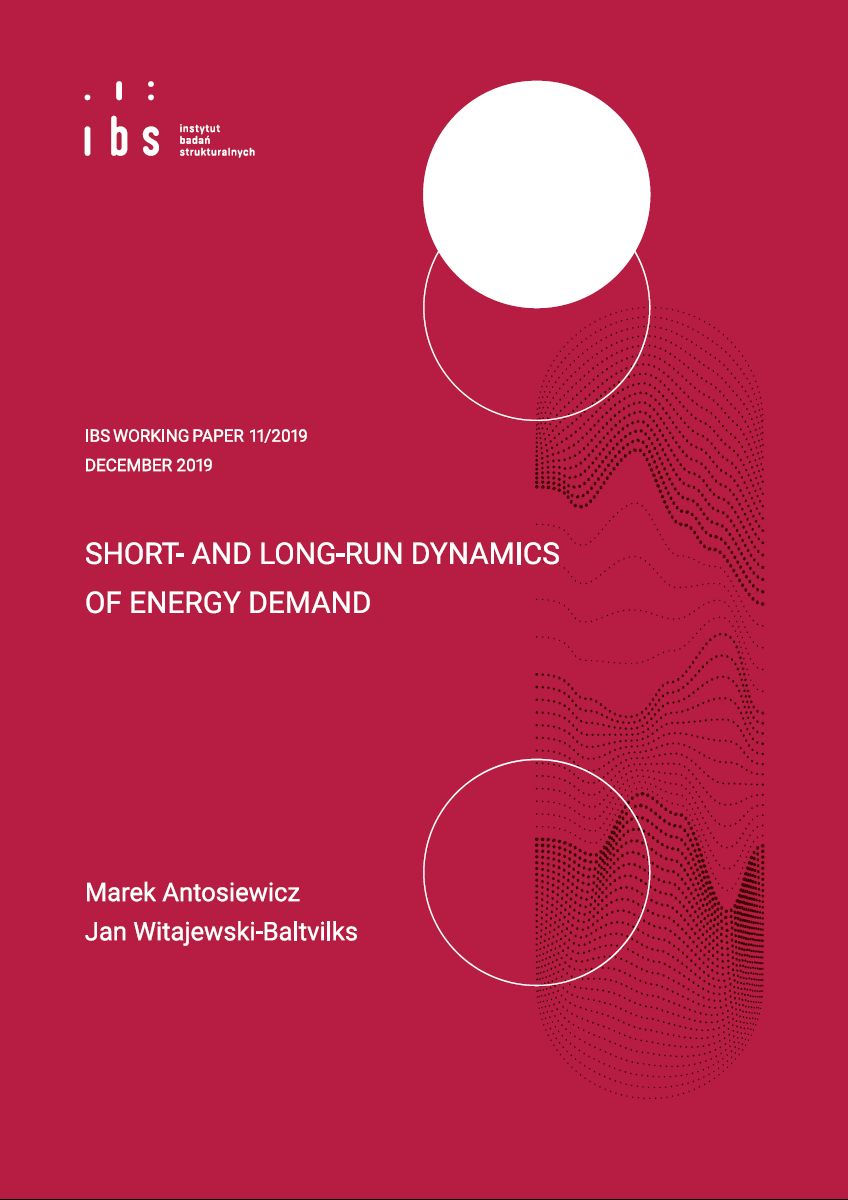The timing of the response of CO2 emissions to a carbon tax depends crucially on the timing of response of energy demand of changes in energy prices. In this paper, we investigate the path of changing energy demand from the moment of a change in price until it reaches its new steady state. First, by applying the LeChatelier principle, we show that the response of energy demand in the short run must be smaller than in the long run if firms are only able to adjust their choices of technology in the long run. Then, using a putty-clay model with induced technological change, we show that the elasticity of demand approaches its long-run level exponentially at the rate that is determined by the capital depreciation rate and the growth rate of the economy. Thus, according to the model, it takes more than 8 years from the introduction of the carbon tax until half of the long-run effect of induced technological change on energy demand is realised in developed countries. We also examine the macroeconomic consequences of the long-run adjustment of energy demand. To this end, we incorporate the theoretical model into a large-scale multi-sector DSGE model. We find that the adjustment of energy demand reduces the negative impact of CO2 tax on GDP.
Institute for Structural Research (IBS); Faculty of Economic Sciences, University of Warsaw


